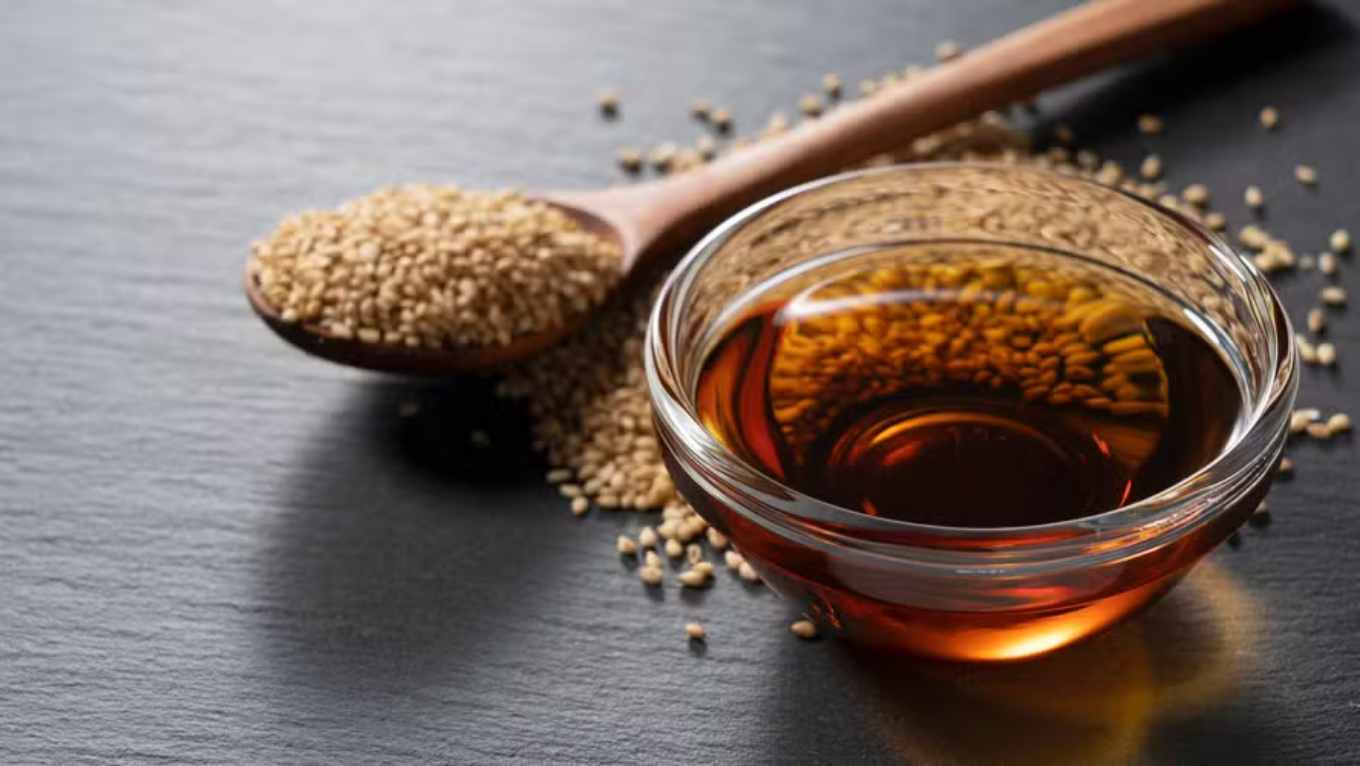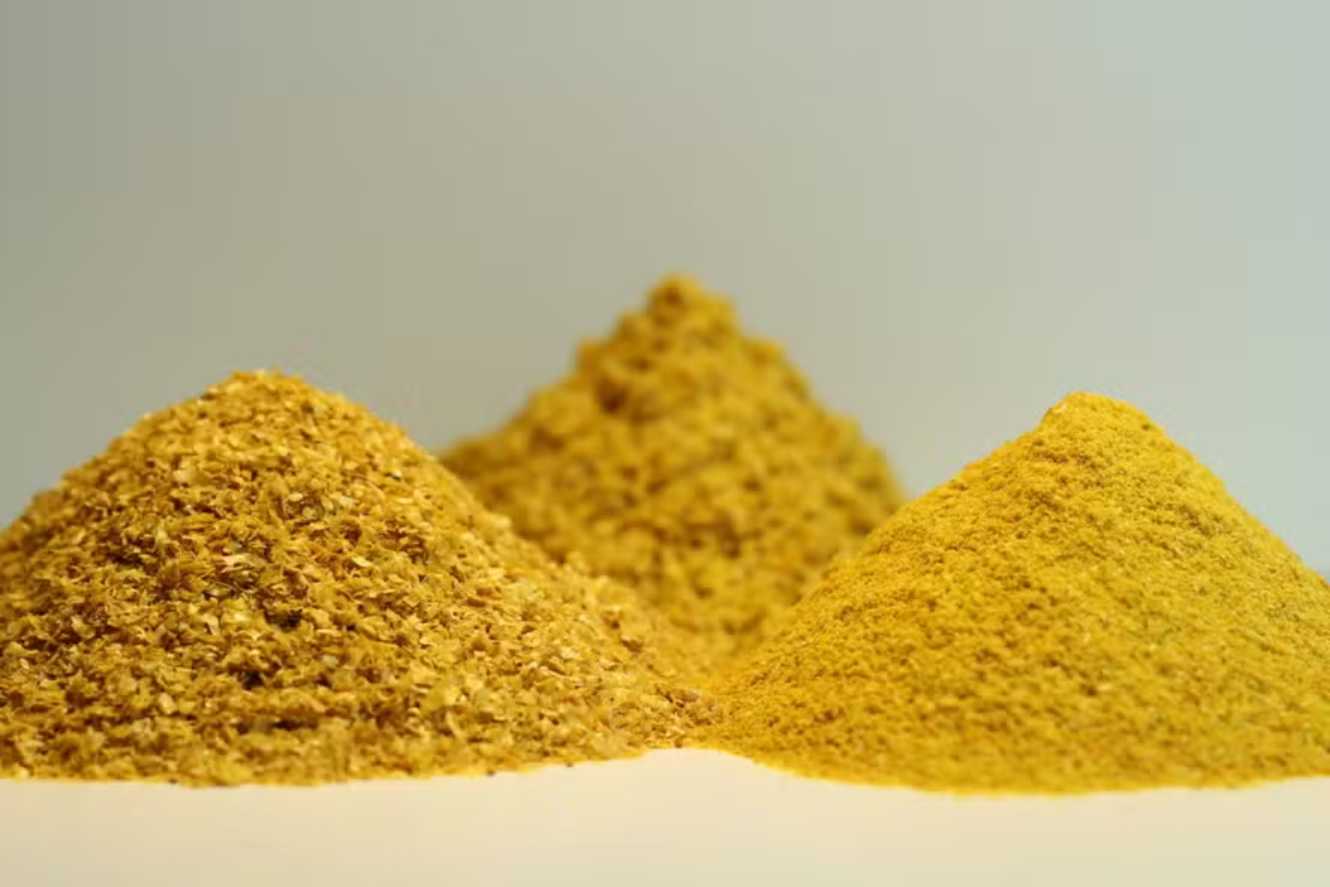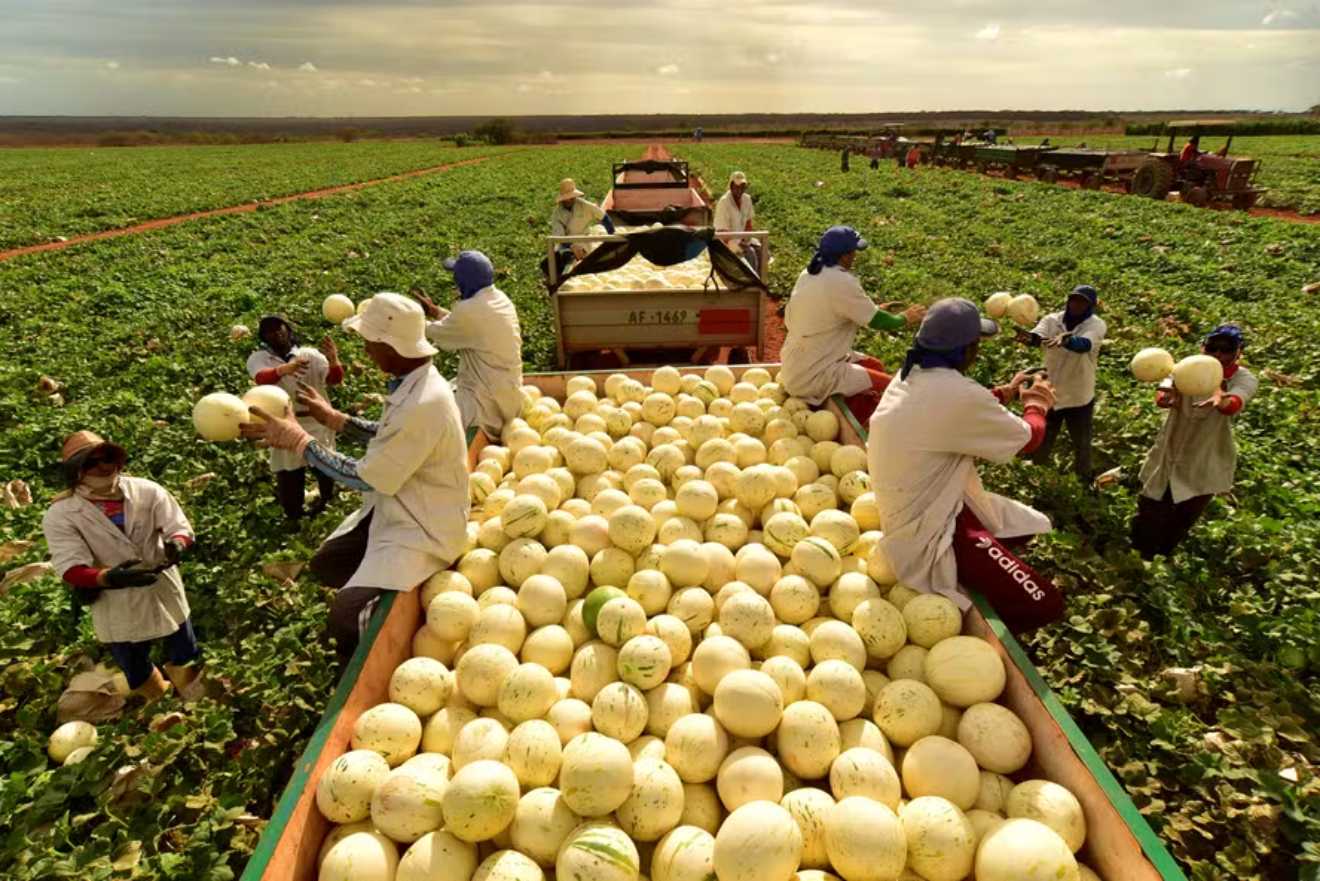Production Rises by 107% from 2022 to 2023, Reaching 361,000 Tons
Sesame cultivation in Brazil has grown significantly, with planted area increasing by 83% between 2022 and 2023 to cover 660,000 hectares, according to an Itaú BBA report.
The report reveals a 107% production surge from the 2022/23 season, with output jumping from 174,000 tons to 361,000 tons in the 2023/24 season. By comparison, production in the 2018/19 season was only 41,000 tons.
This growth is largely driven by sesame’s high profitability and low production costs compared to traditional crops like second-harvest corn, particularly in areas where corn planting is delayed. Sesame’s lower input needs and drought resilience make it an attractive option, especially during years of uncertain weather, notes Itaú BBA. However, sesame struggles in colder climates and at high altitudes.
While sesame is gaining traction, its productivity is limited by technical challenges, including a lack of specialized mechanization and seed loss from natural capsule dehiscence during harvest. Average productivity in Brazil is around 510 kg per hectare, still well below major exporting countries. Genetic seed improvement is key to meeting international standards and enhancing productivity.
In Brazil, Mato Grosso leads sesame production, representing 64% of the planted area, followed by Pará and Tocantins, with 22% and 13%, respectively.
Global Market Overview
Globally, sesame is cultivated in 70 countries, primarily in Asia and Africa. Sudan, India, Myanmar, and Tanzania account for approximately 64% of the world’s sesame cultivation area, which spans 12.8 million hectares, as reported by the United Nations Food and Agriculture Organization (FAO) in 2022.
With a high oil content of around 50%, sesame seeds are highly valued in the food and cosmetics industries. Beyond raw seed consumption, the sweet variety—preferred internationally for human consumption—is used in tahini, baked goods, and various Middle Eastern and Asian dishes. However, it remains less common in Brazil due to greater harvest losses and lower yields.
Export Market Potential
In 2023, Brazil exported 151,000 tons of sesame, making up around 42% of its national production. India is the largest importer, absorbing 38% of Brazil’s exports, followed by Turkey and Guatemala.
The report notes that opening the Chinese market could present a substantial opportunity, as China is the world’s largest sesame importer, bringing in 1.1 million tons in 2022.
Despite the industry’s growth, Brazil’s sesame sector faces notable challenges. Limited scientific knowledge, insufficient technology, a lack of specific mechanization, and seed dehiscence—all contribute to low productivity and harvest losses. The sector is also hindered by a small pool of buyers, making careful partner selection essential to minimize payment risks and product acceptance issues, which could otherwise harm producer profitability.





